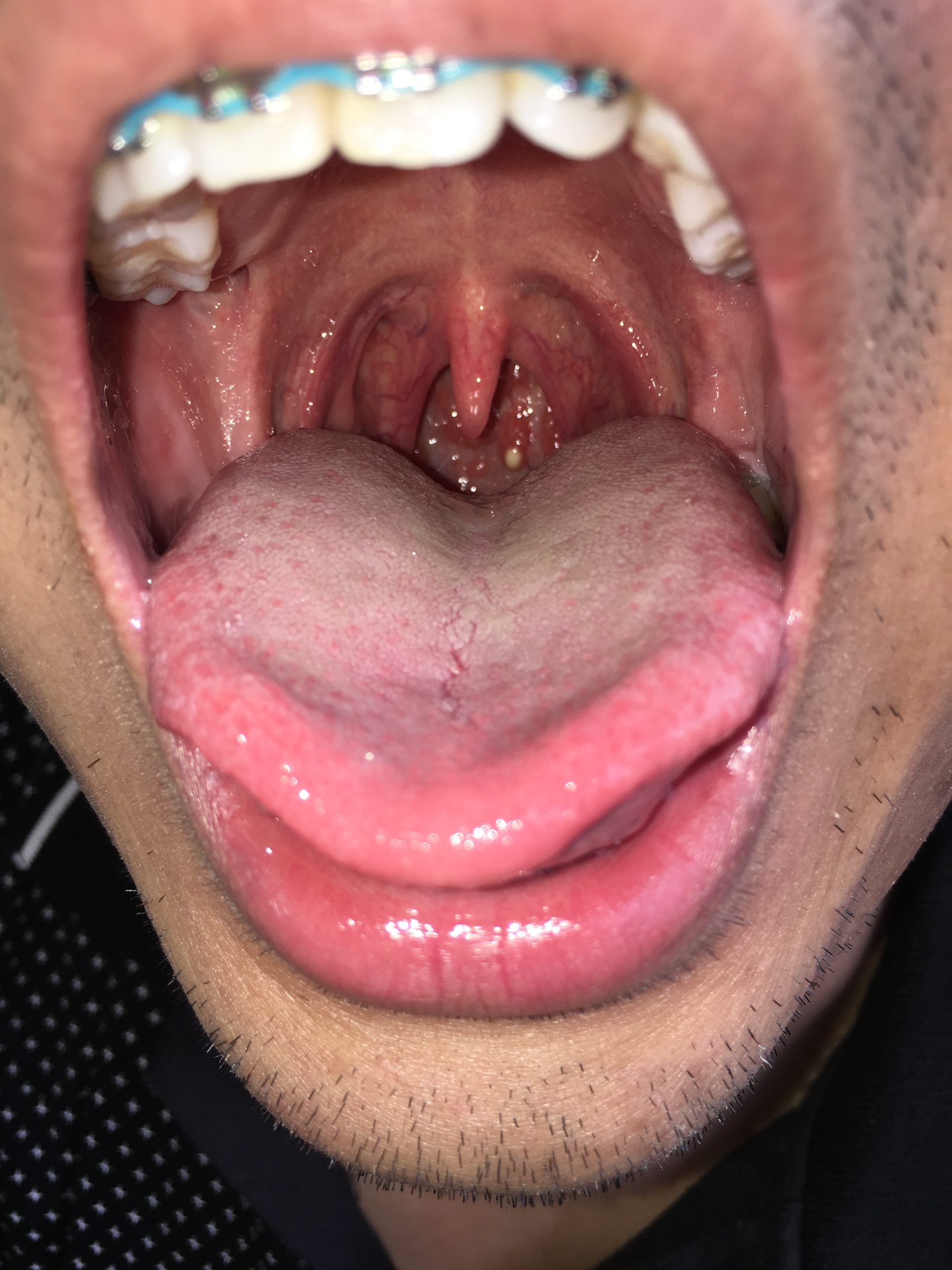If you know me, you know I love Corvettes; in fact, I’ve owned eight different kinds since 1991.
And, before you get too scared, this is a dental article, not a vehicle piece! Continue reading to find out.
I was experiencing a lot of problems with my 1998 Corvette, so I took it in for service a while back. I spoke with the technician after they “diagnosed” the problem.
I’m not hesitant to admit that I was absolutely lost after the first five words he said. Just because I own a Corvette doesn’t imply, I know how to maintain it!
He asked if I had any questions after his lengthy technical explanation, which was riddled with terms I didn’t understand. And the first question that came to mind? “How much would this set you back?”
Have you ever given a patient a lovely explanation of what they required, only to discover that their first (and sometimes only) question was, “How much is this going to cost?”
I don’t know about you, but this used to happen to me on a daily basis before I became an MGE client. I’d tell them how much, and they’d respond, “I’ll think about it,” and then…they’d leave.
The following scenario occurred more frequently than I would have liked in my office:
A patient would call my office for assistance.
To assist them, I would perform an examination, diagnosis, and treatment plan.
I would explain it (in what I considered to be a thorough and comprehensive manner).
“How much?” they’d inquire.
I would inform them.
They’d then depart with the problem they’d come in to have me repair.
I’d wonder what was going on and blame it on things like “low dental IQ,” “Teeth just aren’t significant to Mr. or Ms._,” “It’s always about the money,” and so on.
Is any of this familiar?
Then I came to MGE and learned about communication and how it leads to comprehension.
A problem was made when the car technician used technical jargon to describe what was wrong with my car. I (the consumer) grew bewildered and overwhelmed since I couldn’t understand what he was saying. Finally, the only semi-intelligent question I could think of was about money!
And we’re wondering why patients do this…
We don’t know what’s going on in their heads, but you can see why some of them would think your treatment plan is “too pricey” and that they need to go “think about it.”
If patients understood why they required dentistry to the same extent that we do as dentists, they would immediately recognize its significance and take action to begin treatment. The issue is that our perception of what they require is based on years of training and experience. So the challenge becomes, how can we sufficiently improve their knowledge of required treatment? How, specifically, can we elevate it high enough for them to act?
The MGE Blog – Understanding Dental Patients
The first thing to avoid is using huge technical dentistry jargon that they (probably) aren’t familiar with. Sure, it makes us appear “knowledgeable,” but what’s the point if all it accomplishes is to cause uncertainty, overwhelm, and passivity in patients?
Following my MGE training, I modified my vocabulary when discussing dental disorders and therapy.
Here are a couple such examples:
Technical Terminology Patient-Friendly Terminology
Carious Injury ————- Cavity
Pulp Necrotic ————— Nervous Breakdown
Pus pocket in the bone — Periapical radiolucency
Crown ———————- Cap—similar to the one you wear around your head
———————— Pontic Incorrect Tooth
And so on…
You get the picture. So, if a patient isn’t acting to solve a problem, consider that they may not comprehend it; if they did, they’d act!
“Well, if they don’t comprehend something, they’ll ask a question, right?” you could think. In my experience, this is not always the case. Why? I honestly don’t know. I’m guessing they’re afraid it’ll make them seem awful. Perhaps they believe that since you’re using the term, they should already be familiar with it. Nonetheless, you can see that split second when someone’s eyes glaze away after you use a term they don’t “understand.” When you see this, you might ask again, “Do you have any questions?” And they’ll say, “Nope.”
So, keep things simple, avoid going down this route in the first place, and make your explanation “patient friendly” from beginning to end.
The MGE Blog – Understanding Dental Patients
Even after changing my terminology, I would occasionally get the “I need to think about it” reaction. So, I began telling my patients (sincerely and compassionately):
“I’ve discovered that when someone has to think about something, I don’t always do a good job of explaining why.” “Please tell me what’s on your mind.”
It didn’t always succeed, but it usually got them chatting and, lo and behold, asking questions! This offered me the opportunity to explain topics that they didn’t comprehend.
Another thing I discovered was that repeating the communication numerous times lead to comprehension. After telling the patient three times that their tooth was cracked, they would frequently ask, “So are you stating that my tooth is cracked?” Because they don’t want to hear it, it doesn’t get through. Obviously, I wouldn’t do the same thing over and over again. I might describe it slightly differently each time, but in the end, I had to explain it three times before complete comprehension set in.
Finally, I believe it makes a significant impact if all of information comes directly from the doctor. The title “Doctor” is important in society, and people generally believe that doctors are very busy, so they appreciate it when the doctor takes the time to explain things to them. I understand that this isn’t always possible but try to do it as much as you can, and I believe you’ll see a significant improvement. It is actually beneficial to allocate time particularly for presenting treatment.
Isn’t it worth your 20 or 30 minutes if it:
Does this potentially double the patient’s likelihood of accepting and carrying out their treatment plan?
More importantly, it results in the patient receiving the necessary treatment!
In summation, doctor: take your time, avoid big phrases, and repeat it at least three times before giving up or compromising. It all comes down to true comprehension—the patient understands you, and you understand the patient. When that happens, I believe case acceptance will be much easier.








